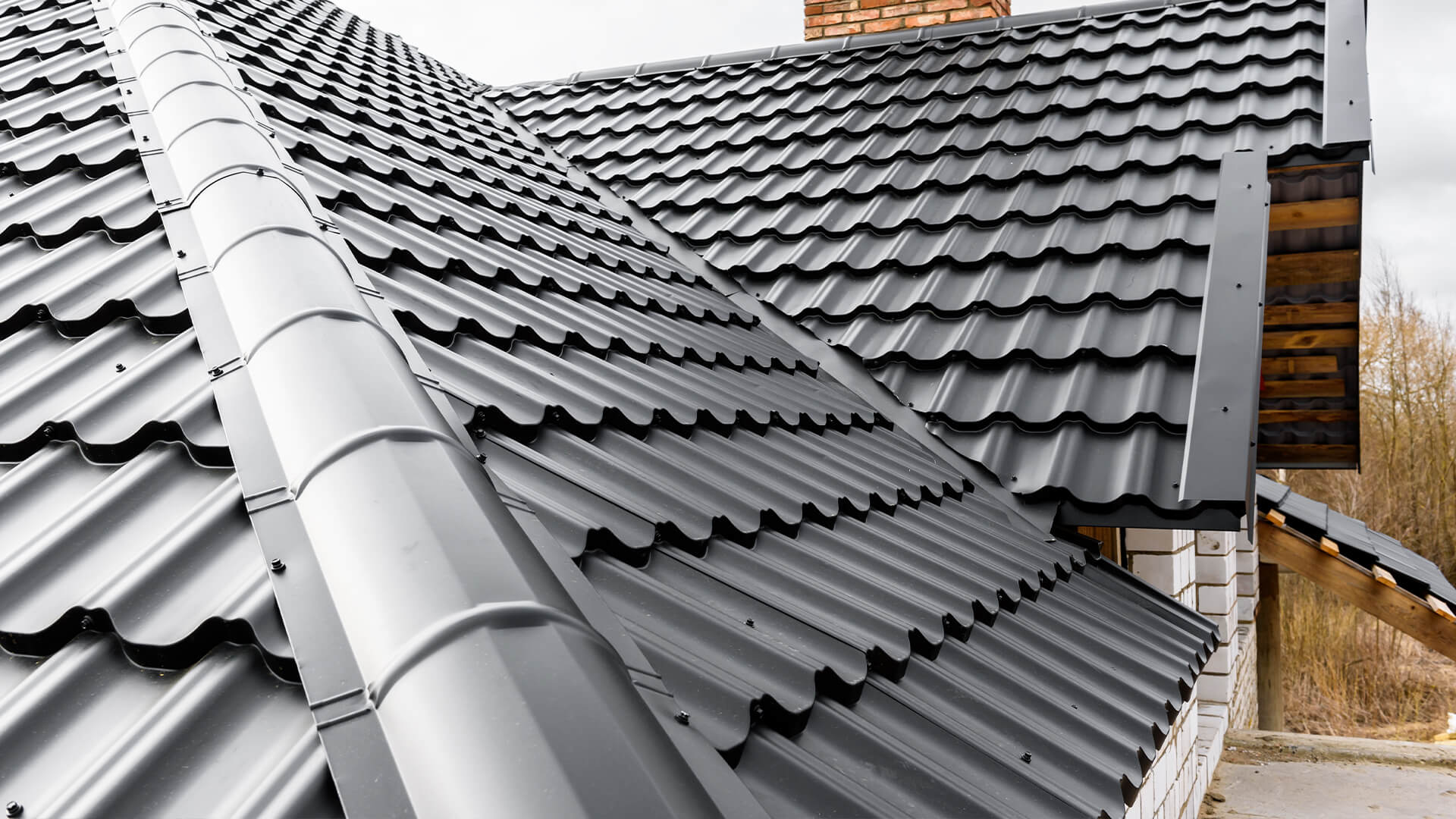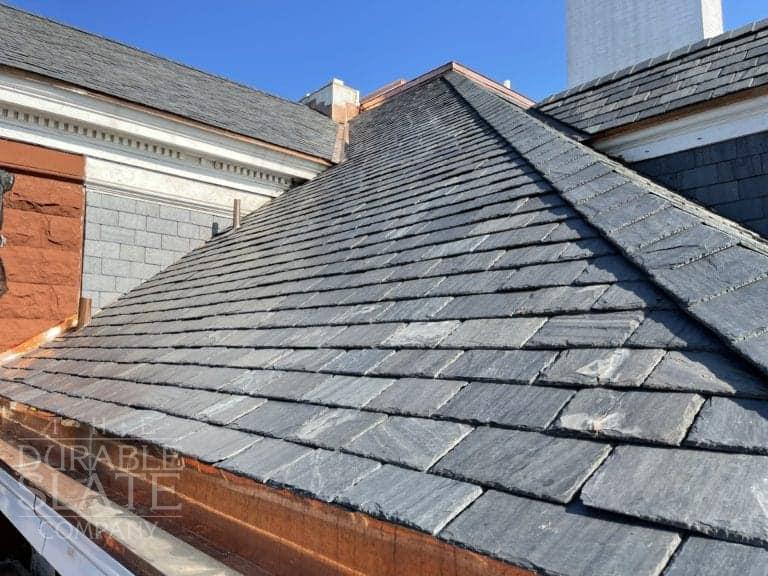The Value of Choosing Professional Roofing Companies Gainesville Florida
Wiki Article
Best Practices for Ensuring Appropriate Roofing Ventilation
Making sure proper roof ventilation is crucial for the long life and efficiency of a roof. A well balanced consumption and exhaust air vent proportion, typically 1:300, plays a pivotal function, with consumption vents ideally positioned at the reduced side of the roof for great air entry and exhaust vents at the top for cozy air departure. Normal assessments to identify obstructions and keep clear airflow are paramount. Moreover, keeping insulation away from vents is important to stop airflow limitation. Understanding these foundational aspects sets the stage for more comprehensive insights right into installation and upkeep techniques that can considerably boost your roof covering system's efficiency.Understand Ventilation Basics
Appropriately comprehending air flow fundamentals is important for making sure the long life and effectiveness of roof. Efficient air flow minimizes wetness buildup and temperature level extremes in the attic room, both of which can lead to considerable structural damage gradually. A well-ventilated roof covering assists in stopping usual issues such as mold growth, timber rot, and ice dams, which can compromise the integrity of the roof covering products and the underlying frameworks.The key goal of air flow is to facilitate the movement of air, permitting a regular exchange in between the exterior and indoor atmospheres. This balance is accomplished via a mix of intake and exhaust vents that work together to preserve ideal airflow. Intake vents, commonly located along the soffits or eaves, permit fresh air to get in the attic space, while exhaust vents, typically positioned at or near the roofing ridge, make it possible for hot, damp air to get away.
Trick variables affecting the efficiency of roof ventilation include appropriate placement, adequate sizing, and ensuring that both intake and exhaust vents are unobstructed. Normal examination and maintenance are vital to identify prospective obstructions, damages, or inefficiencies in the ventilation system, thereby guarding the roof's performance and longevity.
Kinds of Roofing Vents
Roof vents play a critical duty in maintaining efficient attic air flow and, by extension, the overall health and wellness of the roof system. Various kinds of roof covering vents are readily available, each with special benefits tailored to details roofing needs.
Soffit vents are set up under the eaves and work in tandem with roofing system vents to guarantee a well balanced consumption and exhaust system. By permitting cooler air to go into from below, soffit vents promote the expulsion of warm air via top vents. Gable vents, located on the exterior walls of the attic room, offer an additional efficient option, specifically in homes with saddleback roofs.
Assess Your Existing Air Flow

Next, consider the age and condition of your roof covering materials and air flow elements. Older systems might not follow current building codes or might have degraded with time, reducing their efficiency. Conduct a thorough assessment to recognize any signs of damage, such as rust, damages, or gaps that can jeopardize the system's performance.
Furthermore, gauge the attic temperature level and moisture degrees. High temperature levels and humidity can suggest insufficient air flow - roofing companies. Utilize a hygrometer and thermostat to obtain precise analyses, comparing them with outside conditions. Persistent discrepancies suggest prospective problems that need attending to.
Installation Best Practices
Reliable installation of roofing ventilation systems is critical for ensuring ideal efficiency and longevity. Appropriate setup begins with comprehending the particular ventilation i thought about this demands of the roofing and the structure it covers. This includes computing the proper ratio of intake to exhaust vents, normally sticking look at here now to the 1:300 regulation, which specifies one square foot of air flow for every 300 square feet of attic room floor space.
The placement of vents is similarly important. Intake vents must be mounted at the roof covering's lower edge, typically in the soffits, to permit trendy air to go into. Exhaust vents, on the other hand, ought to be installed near or at the roofing system's optimal to assist in the exit of warm, wet air. This creates an all-natural air flow that assists keep temperature and dampness balance within the attic room space.
Seal all air vent links meticulously to stop air leakages and possible water seepage. Use top notch materials and comply with supplier standards to guarantee sturdiness and effectiveness. Additionally, integrating ridge vents with baffles can dramatically boost airflow effectiveness by stopping wind-driven rain and snow from getting in the attic.
Inevitably, precise installation of roof ventilation systems alleviates prospective problems such as mold and mildew development, ice dams, find here and architectural damage, ensuring the roof covering's honesty and the structure's general health and wellness.
Regular Maintenance Tips
Consistency in upkeep techniques is basic to ensuring the long-term efficiency of roof covering ventilation systems. During these inspections, make sure that vents are free of debris, nests, and various other obstructions that can impede air flow.
Make use of a soft brush or a vacuum to get rid of dirt and particles from intake and exhaust vents. Be cautious not to harm the vent screens or louvers during the procedure.
Proper insulation is similarly essential. Make certain that attic insulation does not obstruct the vents, as this can seriously limit air flow. Reposition or replace it to preserve an effective barrier. if any kind of insulation has actually shifted or cleared up.
Lastly, replace any kind of damaged or missing components quickly. Broken vents, fractured tiles, or shabby blinking can all add to poor air flow and must be dealt with immediately. Normal maintenance makes sure that the roof covering air flow system works optimally, thereby prolonging the life expectancy of the roof covering itself.
Conclusion
Ensuring proper roof ventilation is critical for keeping the effectiveness and longevity of a roof covering system. Adherence to the 1:300 intake and exhaust vent ratio, paired with the tactical positioning of vents, is crucial. Normal biannual inspections, debris cleansing, and guaranteeing insulation does not obstruct air movement are crucial practices. Implementing these best methods will foster a well-ventilated roof, consequently mitigating potential concerns connected to moisture buildup and excessive heat, inevitably prolonging the roof covering's lifespan.A well balanced intake and exhaust vent ratio, frequently 1:300, plays a crucial duty, with intake vents ideally positioned at the reduced side of the roof covering for amazing air entry and exhaust vents at the top for warm air exit. Consumption vents, generally located along the eaves or soffits, allow fresh air to get in the attic room, while exhaust vents, often positioned at or near the roof covering ridge, enable hot, moist air to run away.
Soffit vents are set up under the eaves and job in tandem with roof covering vents to guarantee a well balanced intake and exhaust system. By allowing cooler air to go into from below, soffit vents facilitate the expulsion of hot air with upper vents. Adherence to the 1:300 intake and exhaust vent proportion, combined with the calculated positioning of vents, is crucial.
Report this wiki page